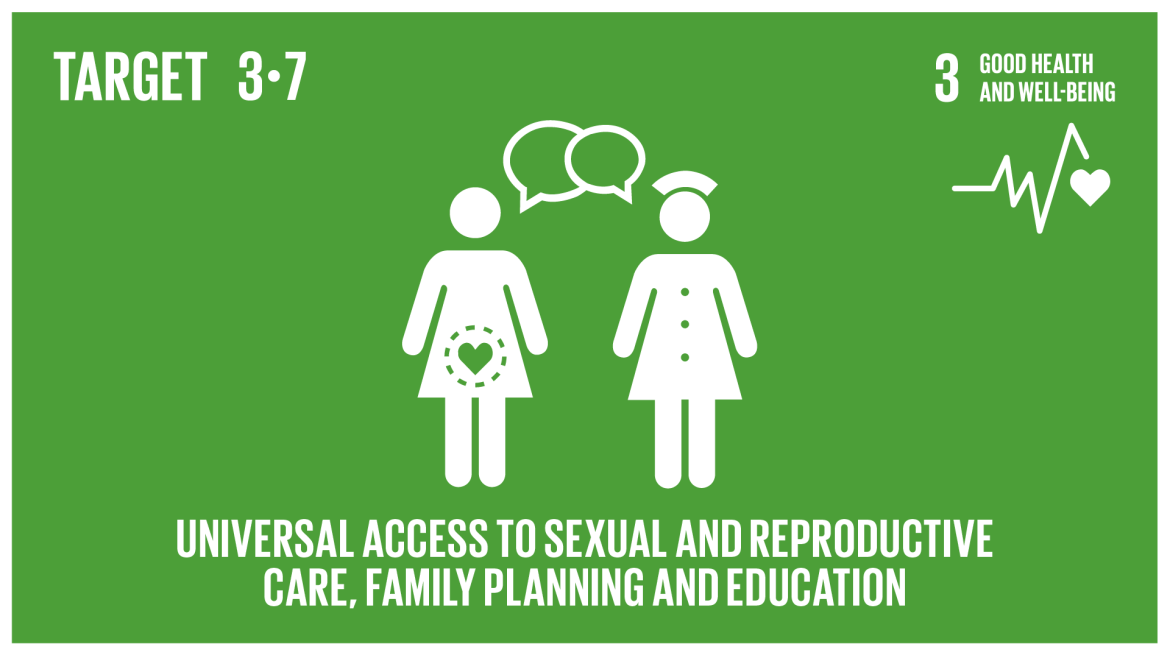By Iyemah David
The National Bureau of Statistics (NBS) said Nigeria is striving to meet the Sustainable Development Goal (SDG) 3.7 target of universal access to sexual and reproductive healthcare services by 2030.
This is according to the NBS Statistical report data from the 2021 Multiple Indicator Cluster Survey/National Immunization Coverage Survey (MICS/NICS), in Nigeria 2022 released in Abuja on Wednesday.
The report underscored both progress and ongoing challenges in reproductive health across the country.
The Reproductive health, as defined by World Health Organisation (WHO) and United Nations Population Fund (UNFPA), was the state of complete physical, mental, and social well-being in all matters relating to the reproductive system.
It encompassed a satisfying and safe sex life, the ability to reproduce, and the freedom to decide if, when, and how often to do so.
The report said that in Nigeria, reproductive health services were vital for women between the ages of 15 and 49, covering crucial periods from puberty to menopause.
The report stated that the Total Fertility Rate (TFR) in country, which measures the number of children a woman was expected to have during her reproductive years, stands at 4.6.
It said that this rate varies significantly between urban and rural areas, with urban women having a TFR of 3.6 and rural women a much higher TFR of 5.4.
The report said that adolescent fertility remains a critical issue, with the country recording 75 live births per 1,000 adolescent females (aged 15-19), highlighting a higher prevalence in rural areas (108 per 1,000) compared to urban areas (32 per 1,000).
It said that antenatal care was crucial for the health of both mother and baby. The MICS/NICS report revealed that 69.6 per cent of pregnant women received antenatal care at least once from skilled health personnel.
However, it said that this coverage varies widely by region, with Imo state achieving the highest rate at 96.8 per cent and Sokoto the lowest at 30.5 per cent.
Regarding delivery care, 49 per cent of births in the two years preceding the survey occurred in healthcare facilities, with urban areas showing a higher rate (74.3 per cent) compared to rural areas (34.5 per cent).
The report said that contraceptive use among married women remains low, with only 18.2 per cent using modern methods.
Urban areas have a higher usage rate of 27 per cent compared to rural areas at 12.2 per cent. This low uptake highlights significant barriers to family planning services and education, essential for managing reproductive health and reducing unintended pregnancies.
The report stated that maternal mortality in Nigeria was alarmingly high, with 512 maternal deaths per 100,000 live births, far above the SDG target of reducing global maternal mortality to less than 70 per 100,000 live births.
It said that early childhood mortality rates also present challenges, with a national under-5 mortality rate of 102 per 1,000 live births.
The report said that this rate reflected significant regional disparities, emphasising the urgent need for improved healthcare infrastructure and services.
While Nigeria has made strides in certain areas of reproductive health, the disparities between urban and rural regions and the overall low uptake of essential health services indicate that substantial efforts are needed to achieve SDG 3.7 by 2030.
Addressing these challenges requires targeted policies, increased funding, and comprehensive education and health services to ensure all individuals have access to the reproductive health care they need.




